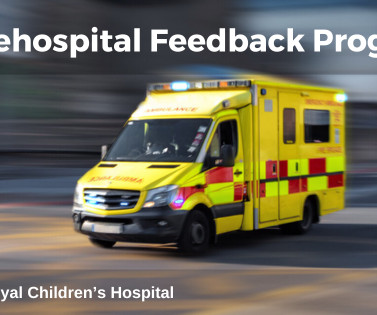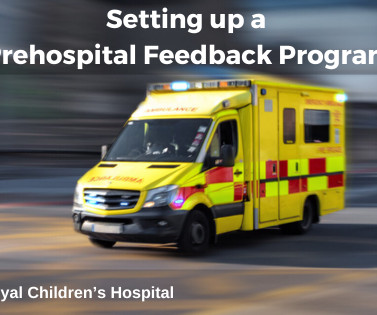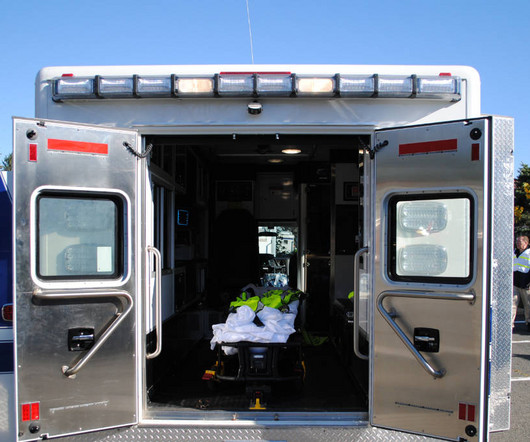Communicating with Pediatric Patients in Crisis
JEMS
JULY 8, 2025
Between 2006-2017 the country saw a 60% rise in pediatric emergency department visits that were related to behavioral health. This increase was also reflected in data from 2011-2020 where pediatric emergency department visits for behavioral health increased from 4.8 million in 2011 to 7.5 million in 2020. of visits.
















Let's personalize your content